As planned, on our way driving from Bordeaux to Paris, we stopped at the famous Lascaux cave in southern France, where in 1940, four teenaged boys were lead to this discovery by their eager dog who found the small cave opening on a limestone hill. Once inside, they discovered cave drawings from over 15,000 - 20,000 years ago. It had been sealed almost airtight and perfectly preserved from the elements (including a clay water-barrier) for that long. Imagine their surprise!
Well, we didn't see that actual cave, but an exact replica of that cave (Lascaux II) as the original was closed after only twenty years of human visitation, which was causing green disease (algae spores) and white disease (calcification) on the original drawings. A portion of the cave was built as an exact replica in size, scale and adornments, and that alone took almost 20 years to complete. It was re-opened to the public in 1983.
Before going to the cave, however, we prepped ourselves at the Centre of Prehistoric Art at Le Thot, France, just 20 minutes away. It was a live-animal preserve so one could see the original species (the ones that still exist) that the cave dwellers drew, as well as a museum with recreations of the cave walls in smaller scale, and a digital presentation where the five types of extinct animals mixed with the audience in a live action blend.
The types of animals typically drawn were:
- Wooly Mammoths
- Wooly Rino's
- Bison
- Bears
- Deer/Elk
- Horses
- Bulls
So did we see a bear in the cave? Not this time, as these caves specialized in bulls and horses with a few gazelle's thrown in. Bears and Mammoths were in other caves throughout Southern France and Spain. We saw "the hall of bulls" and it was very impressive.
Two other interesting facts; even though reindeer were a primary source of food and skins, none were drawn in these caves, and also that there were many "group symbols" and signs possibly depicting early tribal markings. Some even speculate that a few could be celestial markings (?).
Three other cool take-aways for me were; 1. While we had flood lights, the original cave artist did it in complete darkness using small, flickering flames created with animal fat. That must have been crazy dark and very hard to do, 2. The drawing actually take the three dimensionality of the wall contours into consideration - so bulges, crevices and rock edges are aesthetically worked into the actual details of the drawings (very cool), 3. In many, many places, drawings were placed on top of each other, so there were both dominant and hidden drawings on top of each other. Once the guides taught you how to see the multiple layers, you began to search out more, and it was a lot of added fun - like a puzzle in fact.
The kids were just a little bored, but I think it was the perfect 2 1/2 hour-hour "field trip". Check, box.
- Mike
P.S. OK kids, Paleolithic Quiz Time!?! Which of the hominids actually painted the walls at Lascaux? (Creationist don't answer because we are talking pre-6,000 years ago): A. Homo Erectus? B., Cro Magnon? or C. Neanderthal? Answer - I don't know because I couldn't read the placards in French! And even 30-minutes of web research couldn't find the exact answer. I am thinking possibly Cro-Magnon, which was a form of "early man found" (Home Sapiens) specifically in this region of France. Both the Neanderthal and Homo Erectus had died off by this time. But then again, it could have been many different hoards of people since France is the currently the most visited (tourist) country on the planet - and historically everyone from the Greeks to the Romans to the Nazi's wanted it as their own. I could see prehistoric man fighting for this rich and lush soil just like at any other time.
P.S.S. After our visit, Suzanne correctly remembered that there was a traveling exhibit of the "Drawings of Lascaux Caves" at the Field Museum in Chicago last year with these exact same reproductions of art work!?! :D Think of the money we could have saved!
P.S.S.S. And speaking of Bears, driving into Paris, we ran directly into '4-day weekend/holiday' traffic coming back from the southern countryside into the city!?! :( It was a bear and added at least another two hours in the van, so it was a loooooong drive day.
Well, we didn't see that actual cave, but an exact replica of that cave (Lascaux II) as the original was closed after only twenty years of human visitation, which was causing green disease (algae spores) and white disease (calcification) on the original drawings. A portion of the cave was built as an exact replica in size, scale and adornments, and that alone took almost 20 years to complete. It was re-opened to the public in 1983.
Before going to the cave, however, we prepped ourselves at the Centre of Prehistoric Art at Le Thot, France, just 20 minutes away. It was a live-animal preserve so one could see the original species (the ones that still exist) that the cave dwellers drew, as well as a museum with recreations of the cave walls in smaller scale, and a digital presentation where the five types of extinct animals mixed with the audience in a live action blend.
The types of animals typically drawn were:
- Wooly Mammoths
- Wooly Rino's
- Bison
- Bears
- Deer/Elk
- Horses
- Bulls
So did we see a bear in the cave? Not this time, as these caves specialized in bulls and horses with a few gazelle's thrown in. Bears and Mammoths were in other caves throughout Southern France and Spain. We saw "the hall of bulls" and it was very impressive.
Two other interesting facts; even though reindeer were a primary source of food and skins, none were drawn in these caves, and also that there were many "group symbols" and signs possibly depicting early tribal markings. Some even speculate that a few could be celestial markings (?).
Three other cool take-aways for me were; 1. While we had flood lights, the original cave artist did it in complete darkness using small, flickering flames created with animal fat. That must have been crazy dark and very hard to do, 2. The drawing actually take the three dimensionality of the wall contours into consideration - so bulges, crevices and rock edges are aesthetically worked into the actual details of the drawings (very cool), 3. In many, many places, drawings were placed on top of each other, so there were both dominant and hidden drawings on top of each other. Once the guides taught you how to see the multiple layers, you began to search out more, and it was a lot of added fun - like a puzzle in fact.
The kids were just a little bored, but I think it was the perfect 2 1/2 hour-hour "field trip". Check, box.
- Mike
P.S. OK kids, Paleolithic Quiz Time!?! Which of the hominids actually painted the walls at Lascaux? (Creationist don't answer because we are talking pre-6,000 years ago): A. Homo Erectus? B., Cro Magnon? or C. Neanderthal? Answer - I don't know because I couldn't read the placards in French! And even 30-minutes of web research couldn't find the exact answer. I am thinking possibly Cro-Magnon, which was a form of "early man found" (Home Sapiens) specifically in this region of France. Both the Neanderthal and Homo Erectus had died off by this time. But then again, it could have been many different hoards of people since France is the currently the most visited (tourist) country on the planet - and historically everyone from the Greeks to the Romans to the Nazi's wanted it as their own. I could see prehistoric man fighting for this rich and lush soil just like at any other time.
P.S.S. After our visit, Suzanne correctly remembered that there was a traveling exhibit of the "Drawings of Lascaux Caves" at the Field Museum in Chicago last year with these exact same reproductions of art work!?! :D Think of the money we could have saved!
P.S.S.S. And speaking of Bears, driving into Paris, we ran directly into '4-day weekend/holiday' traffic coming back from the southern countryside into the city!?! :( It was a bear and added at least another two hours in the van, so it was a loooooong drive day.


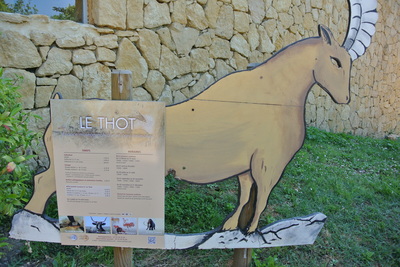

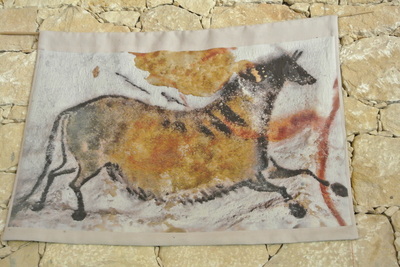
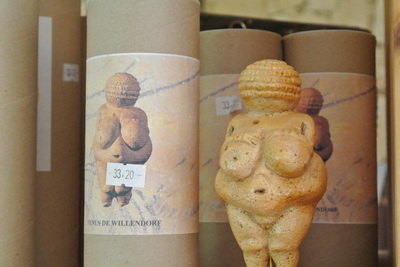
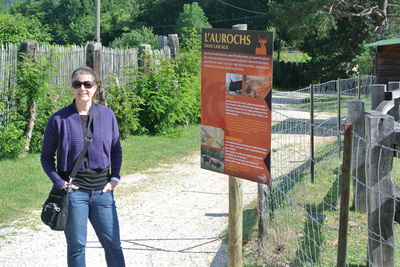

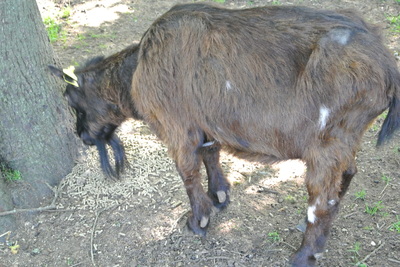
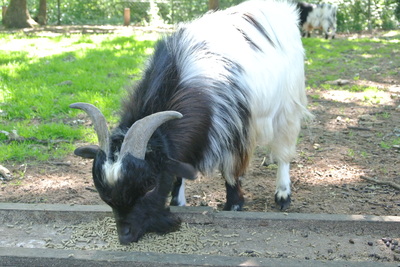



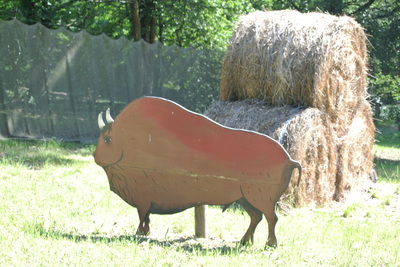

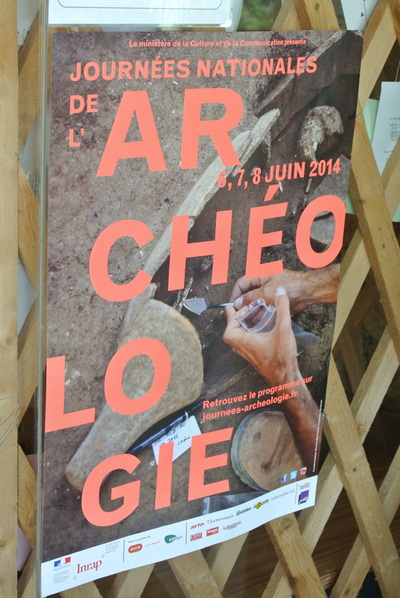

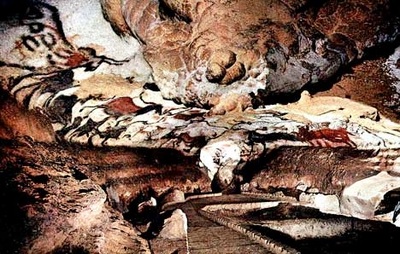
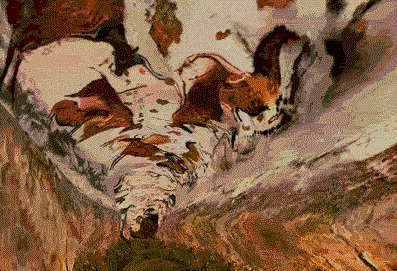
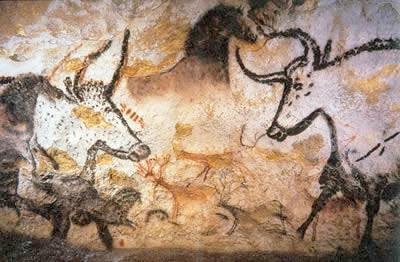
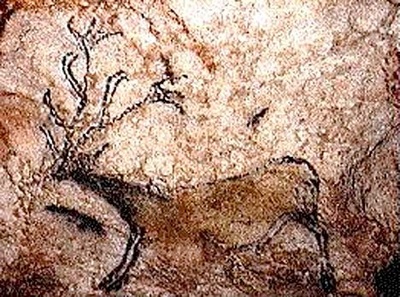

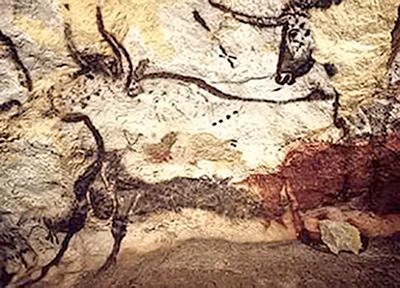

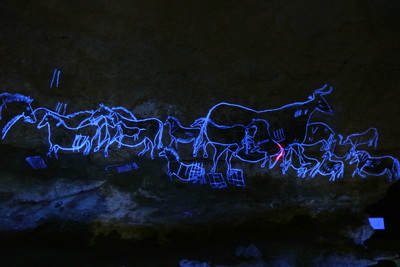
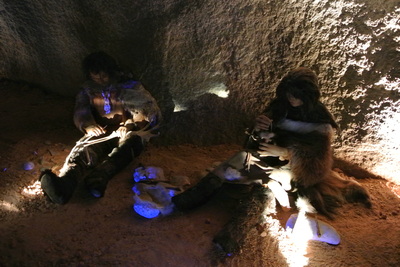
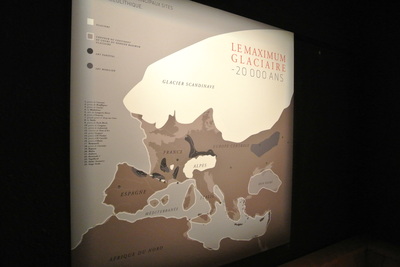

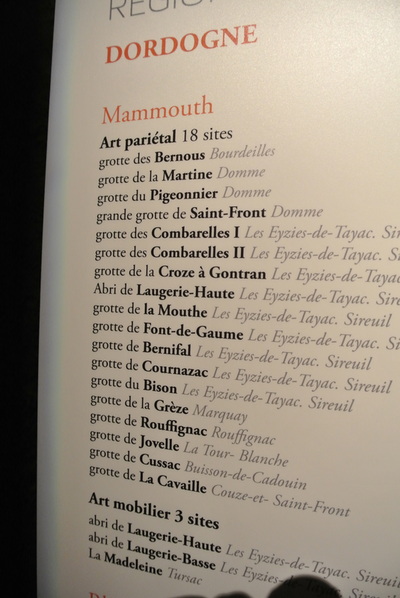


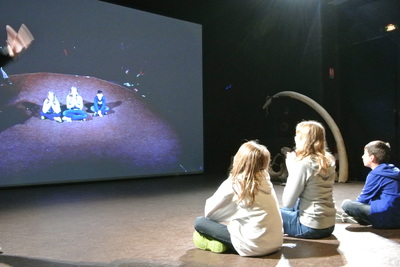



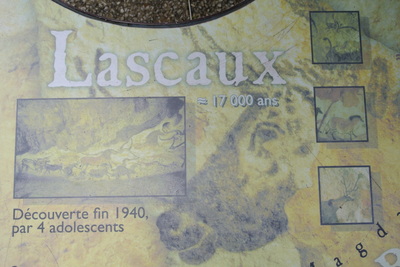

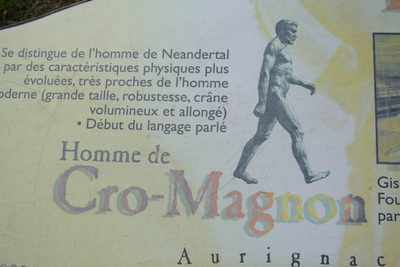
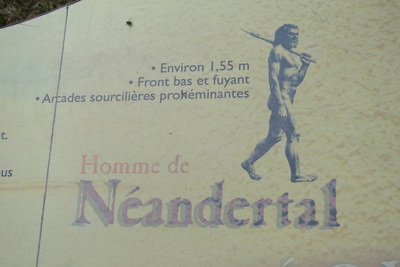

 RSS Feed
RSS Feed
